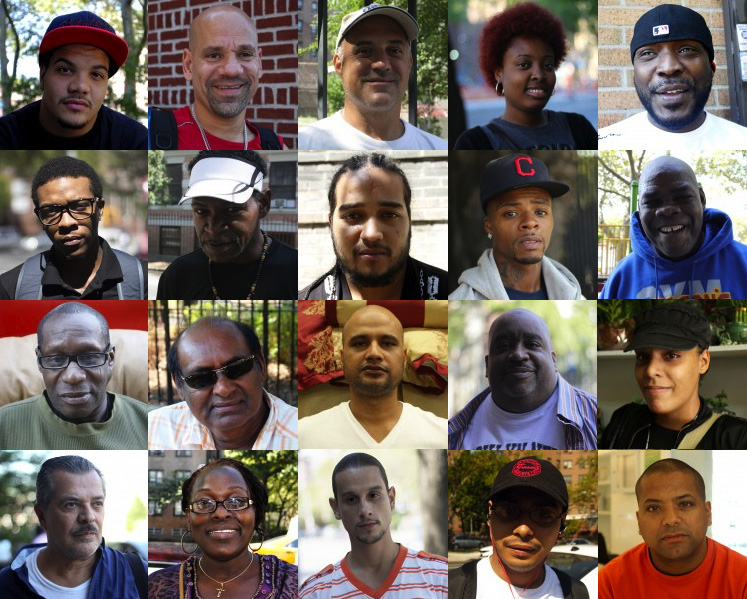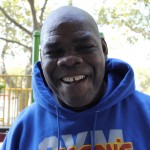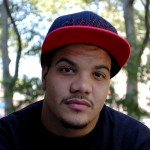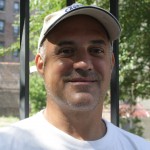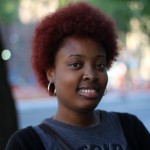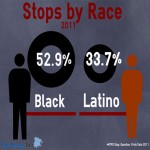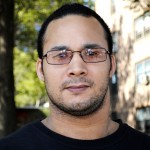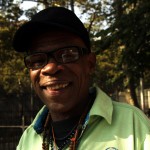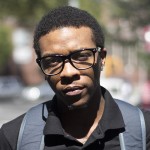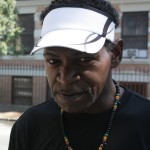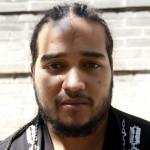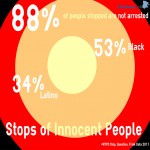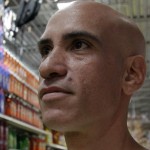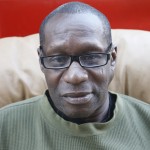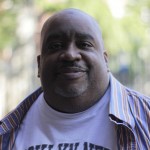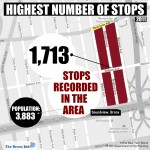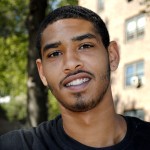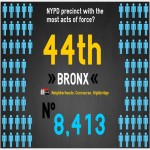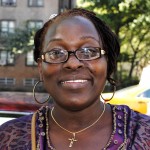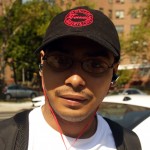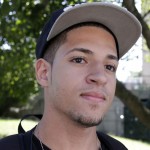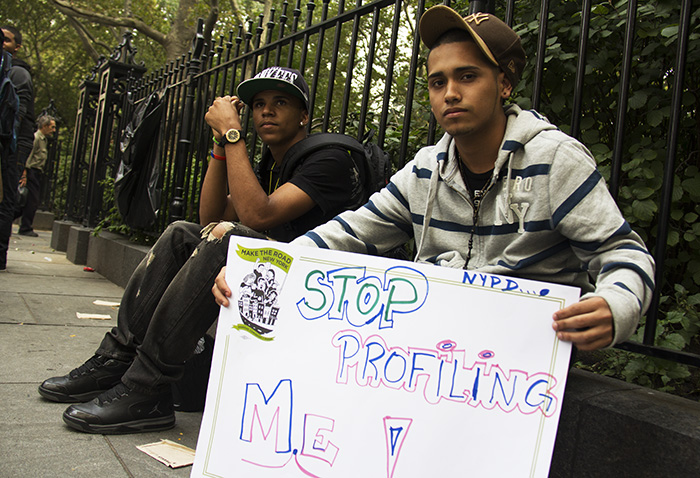
Experts estimate that, of the 842 Bronx nonprofits revoked since June 2011, about a third are small charities struggling to remain operational. (MARIANA IONOVA / The Bronx Ink)
Music has always been a passion that Greg Waters wanted to share.
Since his early days at the University of North Texas, Waters was immersed in smooth jazz and whimsical instrumentals. He studied woodwind instruments and, later, composition at the Chicago Conservatory College. He has spent his whole life playing and teaching.
When he speaks, the 64-year-old Fordham resident often interrupts himself to breathlessly lament the state of uninspired, “copycat” music today. Art appreciation is on the decline, he says, and this fuels his quest to educate today’s youth about the beauty of finer music.
Waters started Creative Music Productions Inc., a charity dedicated to that goal, nearly 35 years ago. He never got much by way of donations but he did receive a few grants in the 1990s, which he used to produce television programming teaching children about jazz and instrumental music in half hour segments. Since then, his work has been smaller-scale, mainly consisting of his own volunteer efforts.
But, a few months ago, Waters opened a letter from the Internal Revenue Agency (IRS) and found out his homespun organization had lost its tax-exempt 501(c)(3) nonprofit status. The notice said he had failed to file a new tax form required of charities under recently instituted IRS rules so he could no longer call himself a nonprofit. “It was very governmental, like an electric bill — pay your bill or we’ll turn it off,” he said.
The revocations have been looming since 2007, when a federal law changed the rules for nonprofits registering under $25,000 and began requiring them to submit an electronic 990 tax form, something smaller charities historically did not have to do. But Waters said this was the first he heard about the new requirements, which he believes create barriers for community volunteers. “It shouldn’t be so hard for people to give back to the community.”
Hundreds of other charitable organizations in the Bronx have also lost their nonprofit status amid these changes, which were meant to clear the system of defunct agencies but have inadvertently affected thousands of small nonprofits nationwide. The IRS gave charities three years to file the paperwork needed to keep their nonprofit status, which lets donors write off funds they contributed to the organization. Because of the new regulations, the tax bureau has revoked the status of more than 280,000 religious, educational, scientific, advocacy and sport nonprofits nationwide, 842 of them in the Bronx.
“There were many organizations in the Internal Revenue Agency’s list of exempt organizations of the smaller type and many of those organizations no longer existed,” said Dianne Besunder, the bureau’s spokesperson for New York State. “It is our belief that most of the ones that lost exempt status were in that situation.”
Yet, many of those revoked are small but legitimate community agencies lacking the knowledge and resources to make the changes, according to Abraham Jones, executive director of Claremont Neighborhood Centers, a Morrisania-based nonprofit that has provided the area with childcare, educational programs and other services since 1956.
“They get into trouble because they don’t have the expertise to fill the requirements for remaining a viable, recognized nonprofit,” Jones said.
The requirement changes have hit volunteer-run, community-based nonprofits like Waters’ the hardest, according to Francisco Gonzalez, district manager for Community Board 9 and president of the now-revoked nonprofit that organizes the Bronx Puerto Rican Day Parade, one of the borough’s largest events. He said those affected by the revocations also include churches, community centers and local resource groups.
“Not-for-profits, many of them are constantly struggling to make ends meet,” Gonzalez said. “Yet they want to provide a service, yet they want to go out there and do the counseling…But you can’t do all of that and not have a person dedicated to submitting paperwork.”
But Besunder said the tax bureau tried to minimize the effect of the changes on legitimate nonprofits by issuing notices repeatedly and reaching out to inform them.
“If they drop off the list, we have already tried to contact these organizations,” she said. “People did receive letters that told them they were losing their status and explaining what their options are.”
The agency is also offering a transitional relief program for small organizations, which will help them get reinstated for a reduced fee if they apply by the Dec. 31 deadline and are approved by the bureau. The regular fee ranges from $400 to $800, depending on the size of the nonprofit but those qualifying for transitional relief will have to pay only $100, according to Besunder.
The Bronx Puerto Rican Day Parade has taken steps to have its status reinstated and is currently waiting on results, according to Ruben Rios, vice-president of the organization. He maintained the agency’s revocation will not affect next year’s parade.
But Waters said he doesn’t have plans to apply for the reinstatement since his organization isn’t big enough to make it worthwhile. “What’s the point? They’re trying to get rid of the paperwork, to get us off their books.”
Mariana Ionova can be contacted via email at mi2300@columbia.edu or on Twitter.





